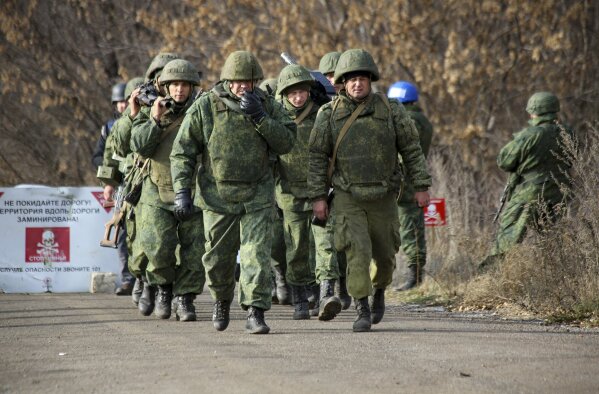The Kremlin has officially added the occupied parts of Donetsk, Luhansk, Zaporizhzhia, and Kherson to Russia’s Southern Military District, according to reports from Ukrainian authorities on November 6. This change creates a major administrative and military shift, effectively placing all occupied territories in southern and eastern Ukraine under the same command structure that Russia established after annexing Crimea in 2014.
Kremlin Extends Control over Occupied Regions
By moving these areas under the Southern Military District, the Kremlin has made it easier to expand its military reach and control across occupied Ukrainian land. The Southern Military District is one of the most powerful regional commands in Russia, responsible for key operations in Ukraine since the start of the full-scale invasion in February 2022.
For people living in these occupied regions, the decision could have serious consequences. Ukrainian officials have warned that this move opens the door to wider conscription — meaning more men and even teenagers could be forced to join the Russian army.
Endgame for Lukoil — Bulgaria’s refinery takeover plan delivers major blow to Kremlin oil power
The new structure provides a legal and logistical framework for Russia to carry out large-scale mobilization in these territories, using the same system it applies in Russian regions.
International law strictly forbids an occupying power from forcing local residents to serve in its armed forces. Such acts are classified as war crimes under the Geneva Conventions. Ukrainian officials say that this latest change is another step toward the full militarization of occupied territories and a clear sign that the Kremlin plans to continue its control indefinitely.
Kremlin-Linked Reports of Forced Conscription in Occupied Areas
Since the full-scale invasion began in 2022, Ukrainian officials and rights groups have documented widespread forced mobilization across occupied territories. Estimates indicate that the Kremlin’s forces have already conscripted about 300,000 men from these areas by mid-2024.
Reports show that recruitment targets people of all ages and backgrounds, often focusing on those in poor or vulnerable conditions. Occupation officials reportedly pressure orphans, children of disabled parents, and teenagers from families facing serious illness.
They often deceive residents into joining, telling them they are signing up for civilian work before sending them to military camps. International organizations have condemned these actions as clear violations of human rights.
Authorities in Russia also send some children from occupied areas to “military-patriotic” camps, where they receive pro-military training. Now that Russia has absorbed the occupied regions into its Southern Military District, the Kremlin plans to organize these mobilization efforts more directly.
Russia Prepares for Year-Round Conscription
The Kremlin is now preparing for broader military recruitment through a decree that establishes year-round conscription starting January 1, 2026. Under this plan, the new system will replace the current twice-yearly draft, thereby allowing authorities to call recruits at any time and maintain a steady troop supply amid heavy losses in Ukraine.
Meanwhile, the timing of the decree — announced shortly after the incorporation of occupied Ukrainian regions into the Southern Military District — strongly suggests that the Kremlin is working to strengthen its mobilization network. As a result, Russian authorities may now treat residents in these occupied areas as Russian citizens for conscription purposes, even if they have not accepted Russian passports.
Kremlin threatens retaliation as U.S. mulls sending Tomahawk missiles to Ukraine
At the same time, the Kremlin has expanded the Southern Military District, stretching it from the North Caucasus and Crimea to the newly occupied territories in southeastern Ukraine. By merging these regions into a single command, the Kremlin tightens control and erases remaining administrative boundaries.
Furthermore, observers note that this move carries deep political symbolism, as it signals the Kremlin’s intent to treat occupied areas as its own territory. For ordinary residents, it brings stricter control, fewer freedoms, and the growing risk of being forced into a war they never chose.

